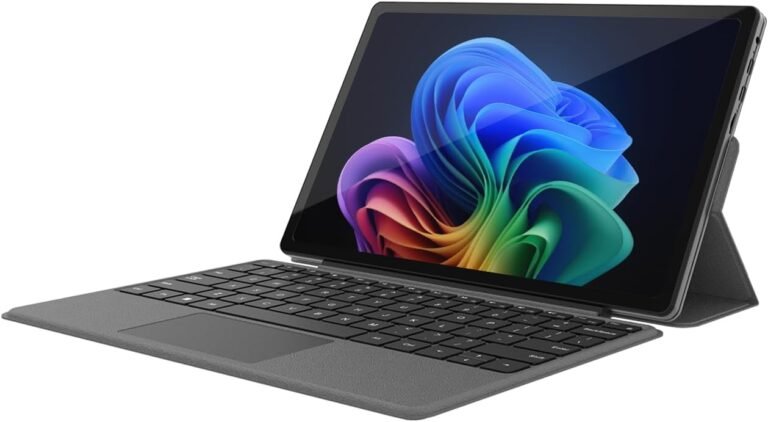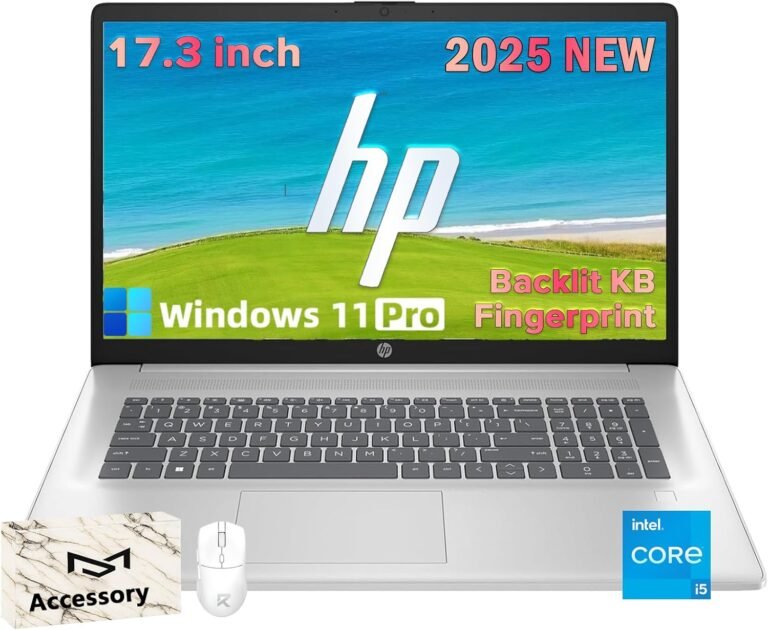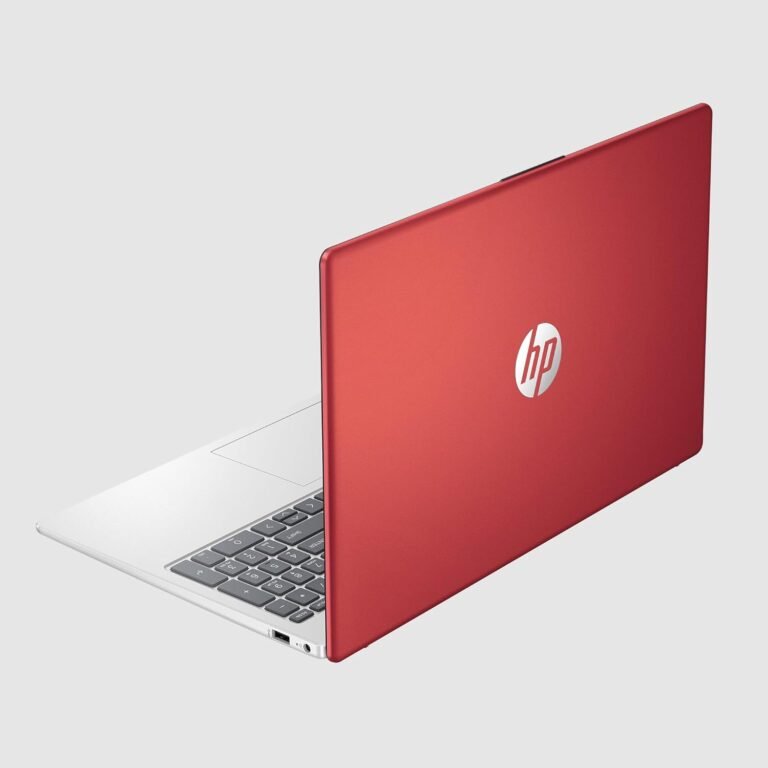
Screen recording tools have become essential for professionals, educators, creators, and casual users alike. Whether you want to record a university lecture, create a tutorial, capture a live stream, or share a gameplay session, screen recording software offers versatile features to meet various needs. This comprehensive guide explores how to use screen recording tools effectively, highlights key features to look for, and compares popular options available today.
Why Use Screen Recording Tools?
Screen recording tools allow you to capture everything happening on your screen, either in full or a selected area. They enable users to:
- Create educational content such as tutorials and training videos.
- Record real-time meetings, webinars, or lectures.
- Demonstrate software features, product demos, or bug reports.
- Capture gameplay or live streams for sharing.
- Communicate ideas visually in business or creative projects.
- Provide personalized feedback with voiceover and annotations.
Using these tools enhances communication, saves time, and increases engagement by combining visuals, narration, and system audio.
Key Features to Consider When Choosing a Screen Recorder
Not all screen recorders are created equal. When selecting a tool, think about your specific requirements and consider the following features:
1. Recording Area Selection
The ability to record either the entire screen or a custom region offers flexibility depending on your content needs.
2. Audio Capture Options
A good screen recorder should capture both system audio (what happens on your computer) and microphone input (your voice or external sounds). This is especially useful for tutorials or presentations.
3. Webcam Overlay (Facecam)
Including a webcam feed as a picture-in-picture overlay helps personalize videos by showing your face alongside the screen content, useful for introductions, commentary, or customer support.
4. No Watermarks and Time Limits
Free or affordable screen recording tools that do not impose watermarks or strict recording time limits are ideal for longer sessions such as lectures or multi-hour meetings.
5. Lightweight and Resource Efficient
A tool that uses minimal system resources minimizes lag and performance drops during recordings.
6. Export Options and Sharing
Support for popular formats like MP4 ensures your videos are widely playable. Instant sharing features, such as auto-upload to cloud platforms and link generation, facilitate fast distribution.
7. Editing and Annotation Tools
Built-in video trimming, drawing tools, and the ability to splice clips enhance video quality and viewer engagement.
8. Cross-Platform Compatibility
Look for screen recorders that work on your operating system—Windows, macOS, Linux, or mobile devices—to maintain workflow consistency.
Popular Screen Recording Tools and Their Strengths

ScreenRec: A Robust Free Option for Business and Education
ScreenRec offers a free, no-watermark, no-time-limit screen recorder compatible with Windows, macOS (including Apple Silicon), and Linux. It allows users to:
- Capture full screen or a selected area with audio from both the system and microphone.
- Include webcam overlay for engaging presentations.
- Record in high definition, supporting up to 120 frames per second.
- Instantly save videos locally and auto-upload them to a secure cloud with 128-bit encryption.
- Share recordings via auto-generated links without additional uploads.
- Organize, tag, and search recordings with enterprise-grade security.
Thanks to frequent updates and features like mouse cursor highlighting and proxy support, ScreenRec is popular for customer support, software development walkthroughs, employee onboarding, and educational content.
Loom: Easy-to-Use Recorder with Editing and Sharing Features
Loom is a widely used screen recording platform that works on Windows, macOS, iOS, Android, and via a Chrome extension. Its notable features include:
- Recording screen, webcam, or both simultaneously.
- Easy video editing in-browser and mobile, including trimming and drawing tools.
- Instant sharing via links, embedding videos on websites, and adding external resource links.
- Closed captioning to improve accessibility.
- Different quality settings with HD and 4K available in paid plans.
- Supports remote and asynchronous communication workflows, reducing the need for live meetings.
Loom is favored by businesses and educators for creating engaging, personalized videos with quick feedback capabilities like comments and emojis.
Open Broadcaster Software (OBS) and Other Tools
Some users prefer open-source software like OBS, which offers powerful recording and streaming features but can be more complex and might require adjustments for longer recordings.
Others seek free lightweight tools focusing on simple workflows with good performance on lower-spec machines.
How to Use Screen Recording Tools Effectively
Follow these general steps to maximize your screen recording experience:
-
Set Clear Objectives
Define what you want to achieve: is it sharing knowledge, solving a problem, or entertaining? Knowing your goal helps you focus content and technical choices. -
Choose the Right Tool
Select a screen recorder that meets your feature needs and system compatibility. -
Plan Your Recording
Prepare scripts or outlines for clarity. Close unnecessary apps to reduce distractions and improve performance. -
Configure Settings
Select screen area, audio inputs, and webcam options. Test the microphone and system sound levels beforehand. -
Record in a Quiet Environment
Minimize background noise for clear audio narration. -
Use Visual Aids
Use cursor highlighting, annotation tools, or zoom features to emphasize key points. -
Edit Thoughtfully
Trim out mistakes, add captions or graphics, and keep videos concise for better viewer retention. -
Share and Gather Feedback
Share your videos via links or embed them on platforms. Invite comments and adapt future content accordingly.
Conclusion
Screen recording tools unlock countless opportunities for creativity and effective communication. By understanding the various features and workflows and selecting the correct tool—whether lightweight free options like ScreenRec, versatile platforms like Loom, or powerful open-source software like OBS—you can create engaging videos tailored to your audience. An effective screen recording session combines clear objectives, proper setup, and thoughtful editing to maximize impact. Start exploring the options today and enhance your digital storytelling!
This guide gathers insights from community discussions, expert reviews, and product details to provide you with everything you need to use screen recording tools confidently and creatively.









